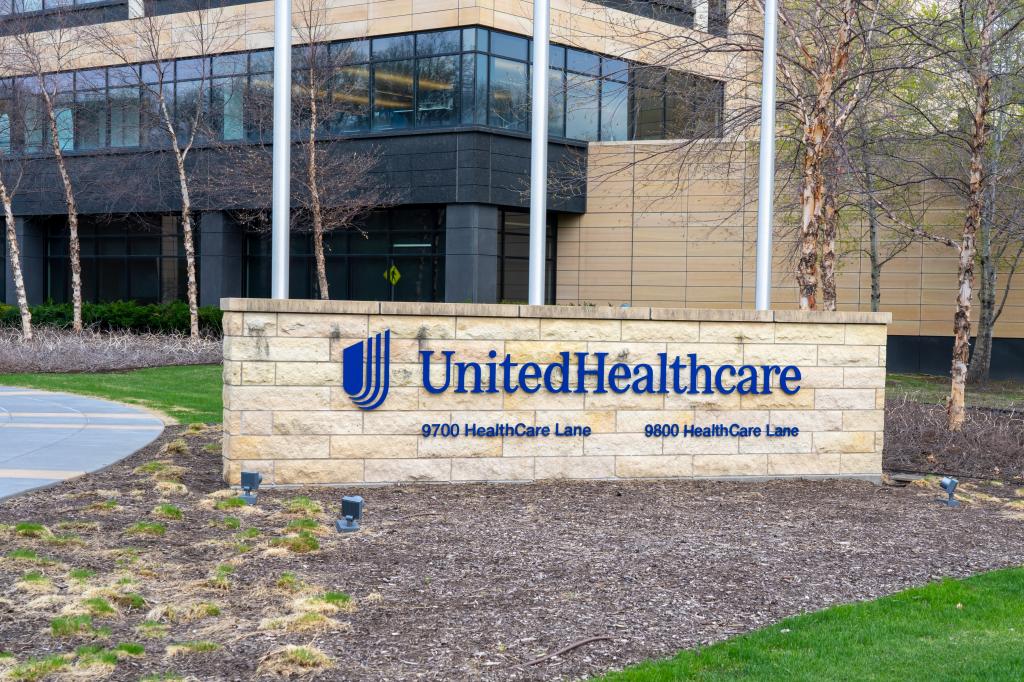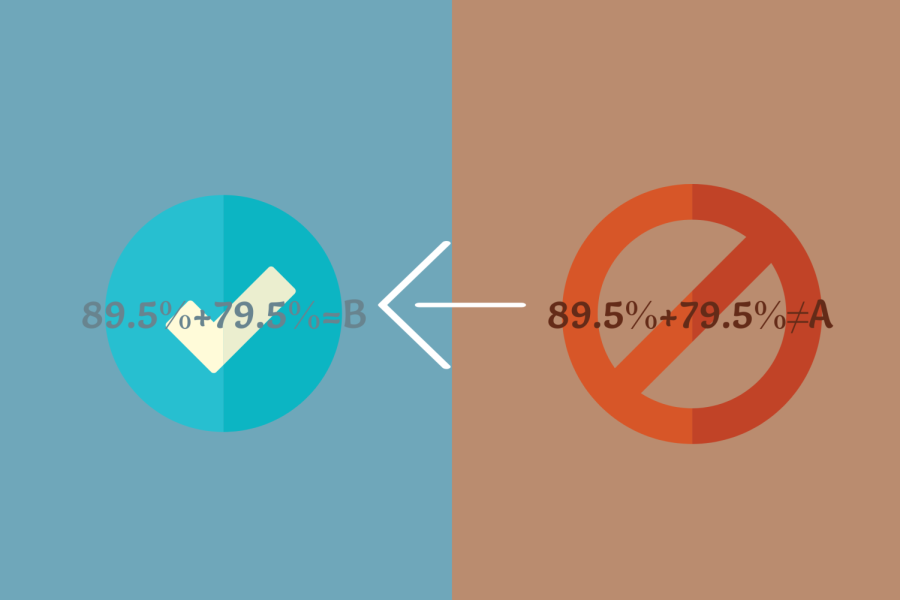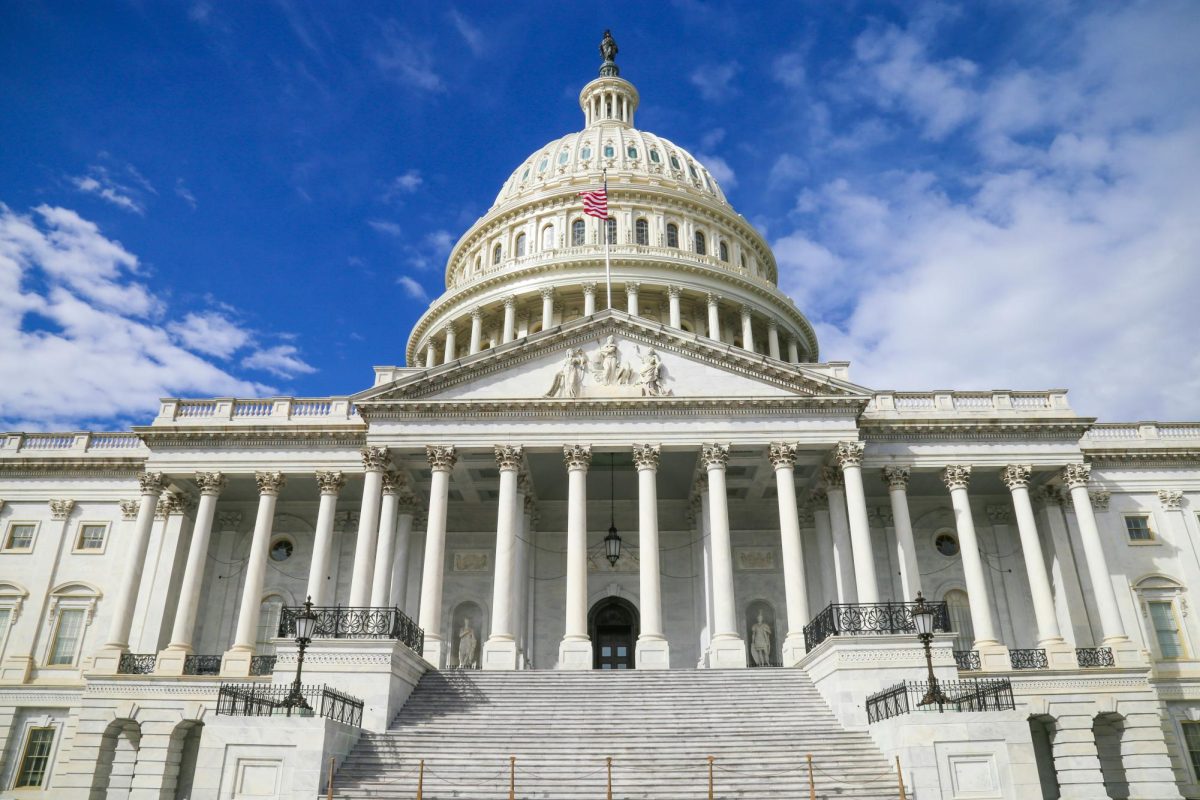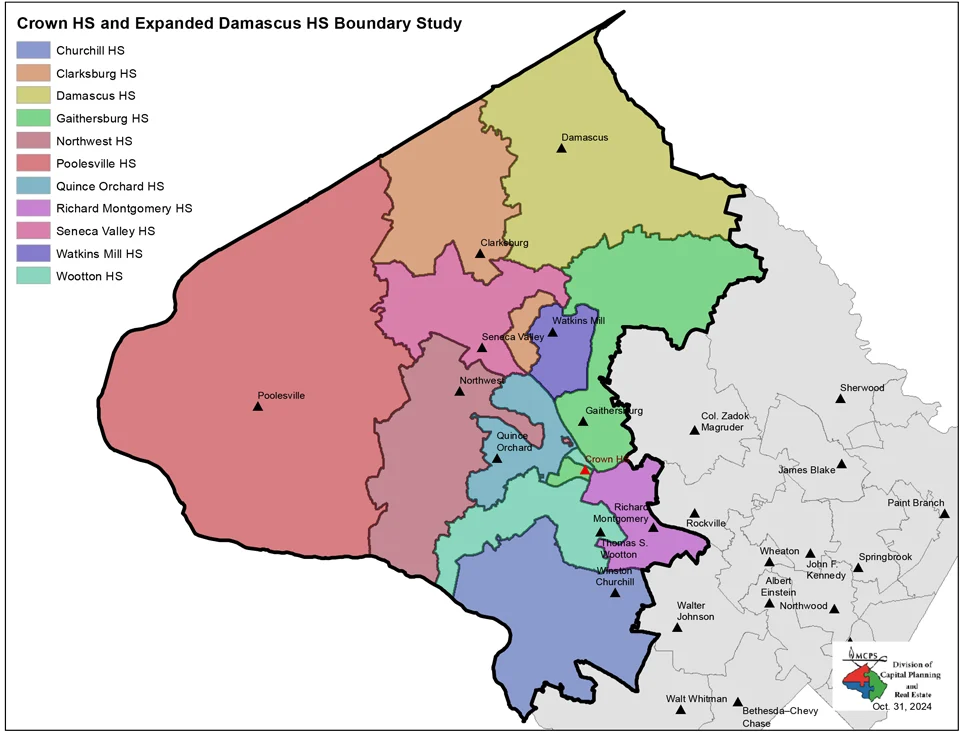UnitedHealthcare CEO Brian Thompson was killed in the streets of New York in December, sending shockwaves through the nation. The public had a mixed reception to Thompson’s death, particularly the youth, with 41% of voters under the age of 30 saying the killing was acceptable. Online, young people were largely unified in their general lack of sympathy for the CEO. For instance, when UnitedHealthcare shared a Facebook post stating how the company was “deeply saddened and shocked” by his death, the post received over 77,000 laughing reactions.
Brian Thompson became the health insurance company’s CEO in April 2021, when the company’s stock price was $369.58 per share. At the time of his death, the company’s stock price was at a staggering $588.66 per share — a 59% increase during his time as CEO.
The company’s success comes at the heavy expense of its clientele. Health insurance companies profit from refusing to cover customers’ health care, which directly leads to the physical harm of many clients. Companies often claim that a service isn’t necessary or that the care is outside the provider’s network, profiting at the expense of American lives and well-being.
Forrest VanPatten was one of many unfortunate victims of this attitude. VanPatten was diagnosed with an aggressive form of lymphoma and was later denied care from his health insurance company, Priority Health. Company executives argued that they denied the claim because the treatment was “not a drug but rather a gene therapy.” The main reason for the denial was their concern about the treatment’s cost, which they could have covered by raising premiums for each consumer by 17 cents per month or by absorbing the treatment’s $1 million price tag alone. Ultimately, the company’s refusal to cover treatment resulted in VanPatten’s death.
Under Thompson’s leadership, UnitedHealthcare’s claim denials rose by 31%, an unusually high rate for a health insurance company. According to the Kaiser Family Foundation, UnitedHealthcare is one of the 17 healthcare companies that report denying over one-third of all in-network claims. In-network claims are claims of medicine or service to a provider with a contract with the patient’s health insurance company. On the other hand, out-of-network claims are one of the most common reasons for health coverage denials. Typically, in-network claims have high approval rates, ranging from 90-95% on average. The trend of rising in-network claim denials is concerning, as 90% of all claims are in-network. One reason for this trend is that major health insurance companies have been using AI to deny claims. Miranda Yaver, a health policy scholar at the University of Pittsburgh, had this to say.
“United Healthcare, Cigna and Humana were all just hit in the last year or so with class-action lawsuits over their use of AI in bulking – bulk-processing prior authorizations and claims,” Yaver said. “The lawsuit points out that 90% of the denied claims were reversed upon appeal.”
UnitedHealthcare is also exceeding other companies’ rates of raising health insurance premiums. The cost of health insurance premiums for UnitedHealthcare rose as much as 14.7% in 2024, as opposed to the average of 7% for other health insurance companies. The trend of rising prices persists for every healthcare provider, not just UnitedHealthcare, undoubtedly leading to an increase in uninsured Americans.
Twenty-six million Americans lack health insurance, most citing unreasonably high costs as the main reason. The high level of uninsured Americans has real and fatal impacts, with conservative estimates for annual deaths attributed to lack of insurance being 40,000 to 80,000.
Julieta Uthurralt, a primary care doctor, said insurance can often limit her ability to provide the best care possible.
“Sometimes I feel like one medicine would be ideal for a patient for a specific medical reason. I really want them to take it, and the insurance doesn’t want to pay for it,” Uthurralt said. “I feel that I’m not providing the best I can to that particular patient and that is because [the medicine] is not covered.”
Healthcare isn’t limited to only physical issues; it also extends to mental health, which insurance companies tend to disregard. In a report, National Public Radio found that only about 30% of those with mental health claims were able to see a specialist covered by insurance.
“Finding a therapist or a psychiatrist that is within network is very difficult,” Uthurralt said. “Most of the mental health specialists are not in-network…when I see a patient that is suffering from anxiety or depression, I cannot refer them if they cannot afford a private doctor.”
America’s level of unaffordable healthcare is unique for a first-world country, with many other countries like Sweden, Canada and Spain having significantly lower levels of debt relating to medical care. The U.S. ranks last among seven industrialized countries in terms of healthcare system performance measures while having the most expensive system on the list. Countries like Canada have universal single-payer health care, where taxes are higher for citizens, but in return, the government covers the cost of all essential health care. All Canadian citizens are automatically entitled to public health care but can also pay for private insurance of services deemed not “medically necessary.” Senator Bernie Sanders has recently attempted to reform the healthcare system by reintroducing the “Medicare for all” bill, originally proposed by former senator John Coyners Jr.
Singapore has drawn bipartisan praise for its healthcare system, which though universal, works differently from a single-payer system. The country is ranked first globally for the quality of its healthcare system. It has attracted attention from experts who see Singapore’s system as a potential model for an improved U.S. system.
Singapore’s system resembles the American system, using a mix of private and public healthcare, but with significant distinctions. The first distinction is the way the systems are split. In Singapore, the private sector delivers 80% of primary care, and 100% of hospital ownership is public. In America, 65% of primary care is private, and only 20% of hospital ownership is public. Additionally, the law requires that every Singaporean citizen set aside 8.5% to 10.5% of their income in an account, which is then used to pay for personalized healthcare.
There are two ways Singaporean citizens can choose to get medical care. One option is through a private doctor, where citizens are required to cover amenities entirely by themselves. The other option provides a public doctor and public amenities, with the government covering up to 80% of the costs. In the U.S., patients receive care from a doctor with multiple patients and must pay for their services through a combination of public programs, private insurance and out-of-pocket payments.
The more realistic option to reform healthcare in the U.S. is for Congress to introduce price caps, limiting the amount of money any insurance company can charge for health insurance premiums. Experts have suggested that that legally enforcing price caps on premiums increases stability and affordability of healthcare for citizens. Price caps have been shown to reduce out-of-pocket costs for low-income Americans by 17% and reduce the probability of catastrophic costs by 33%.
Although murder is never excusable or justifiable, the reaction toward the murder of Brian Thomspon reflects the frustration of the American people towards insurance companies. The death of Thompson should serve as a wake-up call to the federal government that American healthcare needs an overhaul to place people’s lives over profit.

















